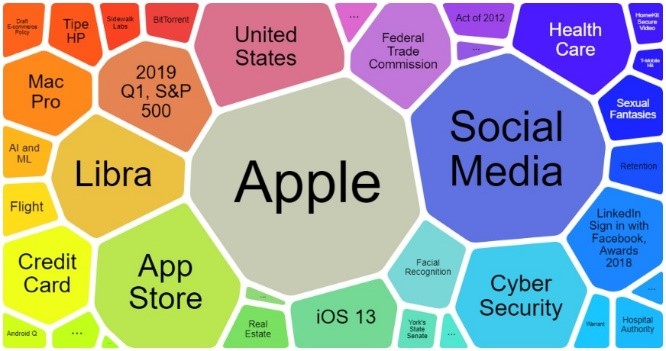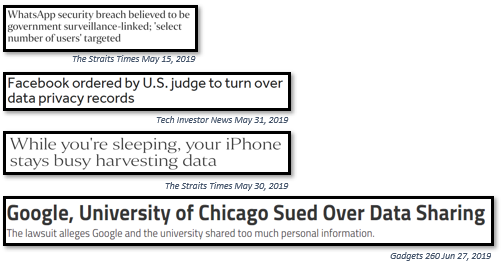Blog
The fundamentals of stakeholder strategy
A practical guide to tailored stakeholder management, offering strategies and tools to identify, map, and nurture relationships.
It is only a little over a year since the Facebook Cambridge Analytica data scandal erupted on the news but it has caused a major perception shift among internet users. Even those who were apathetic about social media usage are made more aware of its privacy infringing properties. Many have expressed being more cautious of their data footprint and declared on the increased value they have placed on privacy.
However, according to The Guardian, the number of daily active users has shot up across all social media platforms with average revenue per user being 19% in 2018, and overall revenue for the last quarter of 2018 is 30.4% more on the same quarter in 2017. This then brings into question the privacy paradox: why are people more engaged than before on social media despite being made more aware of its potentially unscrupulous terms and conditions as seen from countless data leak reports?

While looking at the types of data leaks and social chatter that centers around data and privacy concerns could lead us to understand the causal relationship between the two, it would be more insightful to examine the way the narratives of the leaks have influenced internet users’ impression of data-driven behemoths like Facebook, Google and Apple. For instance, the only derivation from the types of data leaks such as the infamous Cambridge Analytica data scandal and the more recent WhatsApp security breach would be the increased in awareness of such cases that are occurring due to the prevalent use of social media. This would then put tech giants’ privacy terms under scrutiny as they are conduits to which data are channelled and distributed to businesses at a profit.

The increase in data leak reports has pushed data security watchdogs to be on their toes leading to more cover stories divulging data-exploiting activities. These essentially generate a hotbed for chatter on the technology that allows for data mining to occur. As seen in the buzz clusters, keywords for “Data” and “Privacy” generated similar topics of conversations where online users remain concerned about how their data have been misused through smart phones, along with the operating soft wares and services that run on it for two consecutive months.
This is of no surprise once we delve deeper into the narratives that instigated the data-anxiety wave where privacy is fetishized. News headlines as illustrated the figure below, consistently featured tech giants’ surreptitious tendencies to harvest data, focusing on their instrumental role in disseminating the data collected to companies and, even the government. The underlying message that may have been missed is the market forces responsible for such behaviour. Tech giants are merely the middle man, supplying a type of good – personal data – to interested buyers. The buyers are almost always spared from antagonistic journalism and eventually overlooked as allies to the process of data exploitation.

Pinning the privacy paradox onto cognitive dissonance experienced by online users as they are unable to connect data-harvesting intermediaries to their end consumers, could explain the rise in social media engagement despite the prevalence of data leak cases as observed by the study reported by The Guardian. This is good news for businesses who have been partnering with data-mining companies as it buys them time to reassess their marketing strategies, focusing on gaining the consumers’ trust. If internet users remain willing to share their personal details in exchange for customized content on their dashboards, it is up to businesses to retain such consent by focusing on integrity in their operations through contractual transparency. They ought to work towards unmasking the illusory nature of the data-anxiety wave brought about by negligence on the tech giants’ part by taking the lead in revealing the true benefits of data sharing – a more efficient market where research has been conducted through the provision of personal data.
Instead of endlessly promoting privacy, maybe it is time we address the elephant in the room and embrace it: data and its prime influence in the digital age.
This is the “wpengine” admin user that our staff uses to gain access to your admin area to provide support and troubleshooting. It can only be accessed by a button in our secure log that auto generates a password and dumps that password after the staff member has logged in. We have taken extreme measures to ensure that our own user is not going to be misused to harm any of our clients sites.
A practical guide to tailored stakeholder management, offering strategies and tools to identify, map, and nurture relationships.
Across the communications landscape, teams are being asked to do more with less, while staying aligned, responsive and compliant in the face of complex and often shifting stakeholder demands. In that environment, how we track, report and manage our relationships really matters. In too many organisations, relationship management is still built around tools designed for […]
Get in touch or request a demo.